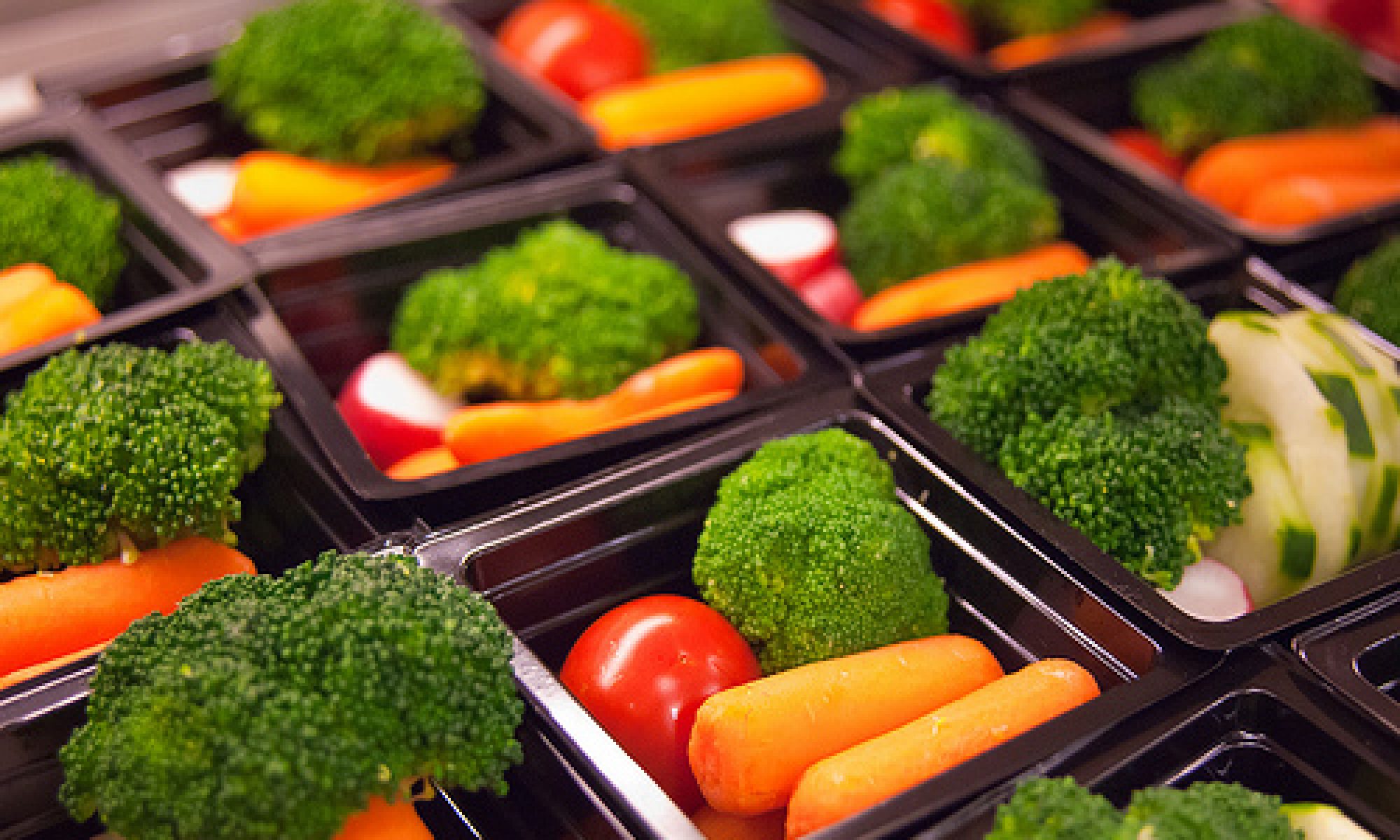
Today is the International Day of Awareness of Food Loss and Waste, as designated by the United Nations General Assembly Food and Agriculture Organization (FAO). According to the FAO, globally, around 14 percent of food produced is lost between harvest and retail, while an estimated 17 percent of total global food production is wasted (11 percent in households, 5 percent in the foodservice, and 2 percent in retail).
When food is wasted, we’re not only wasting valuable nutrients in a world where countless people struggle with food insecurity and/or malnutrition, we’re also wasting all the resources invested in the production of that food, including water, land, labor, and capital. According to the Natural Resources Defense Council (NRDC), up to 40% of food in the US goes uneaten, while 1 in 8 Americans struggle to obtain the food they need.
Additionally, when food is disposed of in landfills, its decomposition within landfills produces methane, a potent greenhouse gas that is more powerful than carbon dioxide in terms of global warming potential, which is defined as the heat absorbed by any greenhouse gas in the atmosphere, as a multiple of the heat that would be absorbed by the same mass of carbon dioxide. According to the US EPA, methane accounts for 10% of all greenhouse gas emissions in the US.
Thus, preventing food waste, and where possible, disposing of unavoidable food waste through strategies other than landfilling (e.g. diverting to animal feed, composting, etc.) is important to fight hunger, conserve precious resources, and reduce greenhouse gas emissions, and combat climate change.
Take time out today to consider the amount of food that is wasted in your home or organization, and think about ways that you might prevent such wastage, as well as more responsible ways to manage surplus food or food scraps by exploring the links listed below. To learn more about the International Day of Awareness of Food Loss and Waste, visit http://www.fao.org/international-day-awareness-food-loss-waste/en/.
Learn More
- US Environmental Protection Agency (EPA) Facts and Figures on Food Waste, plus the 2018 Wasted Food Report.
- Green Lunchroom Challenge Suggested Activities. Though these activities were developed with K-12 schools in mind, other institutions with foodservice operations (e.g. colleges and universities, hospitals, nursing homes, correctional facilities, etc.) may benefit from adapting these activities for their circumstances.
- Green Lunchroom Challenge Blog: Tools to Increase Creativity and Reduce Food Waste. This blog post includes tips and tools to help consumers find recipes and suggested uses for edibles on hand that may be unfamiliar or uninspiring.
- Save the Food. This NRDC website provides a dinner party calculator so you make just the right amount for your event, a tool for menu preparation and customized shopping lists, recipes, storage tips, and a tool to show how much money families of different sizes might save on a daily, monthly, or annual basis by reducing food waste.
- ReFED Insights Engine. A data and solutions hub for food loss and waste, designed to provide anyone interested in food waste reduction with the information and insights they need to take meaningful action to address the problem.
- Food Waste Reduction Toolkit for Illinois Schools. This resource from the Wasted Food Action Alliance provides guidance on measuring food waste, reducing it, recovering and redistributing it for human consumption, composting food scraps, and engaging students and the community in food waste initiatives.
- Illinois Food Scrap Coalition (IFSC). This organization’s website includes information on why composting of food scraps is important, resources to get started composting for residents, government officials, and businesses, and ways for organizations that do compost to earn recognition through the We Compost program. The IFSC is the sponsoring organization of the IL state chapter of the US Composting Council (USCC); readers outside of IL can find their state chapter and additional resources on the USCC website.
- Feeding America. This US nonprofit organization is comprised of a nationwide network of more than 200 food banks that feed more than 46 million people through food pantries, soup kitchens, shelters, and other community-based agencies. Did you know that September is Hunger Action Month? Find your local food bank and learn how you can donate to help neighbors in need. Illinois residents can visit the Feeding Illinois website. Learn how IL farmers can sell food directly to food banks at https://www.feedingillinois.org/friend/.
